
Markhor
Eric Kilby
Past Quarters for Conservation Programs
January - June 2018 |
|
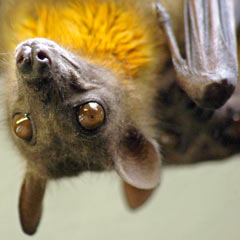 |
Bat Conservation InternationalBat Conservation International is committed to achieving lasting conservation plans for the most endangered bat species in the world. This involves putting an end to the major threats bats face, such as hunting, habitat loss and disease, as well as conducting more research on bat species in the wild. Despite having the reputation of being scary, bats are great pest controllers, pollinators and seed dispersers, and their conservation is extremely important. |
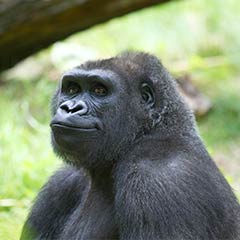 |
GRACE-Gorilla Rehabilitation and Conservation EducationThe mission of GRACE is to provide care for rescued Grauer’s gorillas and to protect their habitat in the Democratic Republic of the Congo. Habitat loss for mining and expansion, poaching and the illegal pet trade are all major threats to the Grauer’s gorilla, contributing to a population decline of up to 75% since the 1960s. The end goal of this project is the reintroduction of rescued Grauer’s gorillas back into the wild. |
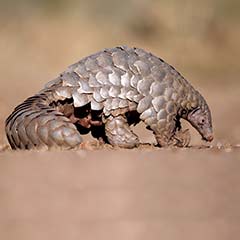 |
IUCN SSC Pangolin Specialist GroupIn both Africa and Asia, pangolins are hunted for their meat and for their scales, which are used in traditional medicines. In some regions, pangolin populations have decreased by as much as 94%, and in others they have disappeared entirely. Pangolin Specialist Group's goal is to conduct research on wild pangolins and the impact these threats have on their populations in order to establish a successful conservation plan. |
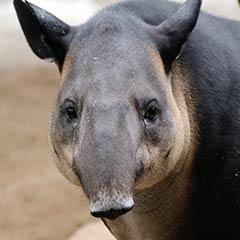 |
Lowland Tapir Conservation InitiativeLowland tapir populations have seen serious declines over the past decade due to habitat destruction and hunting. The Lowland Tapir Conservation Initiative conducts research on tapir populations and looking at ways of conserving the habitat in which they live. This initiative hopes that, by protecting the lowland tapirs, other species living in this habitat will also be protected. |
July - December 2017 |
|
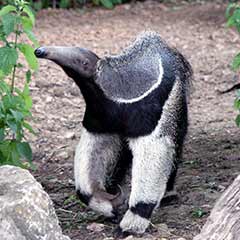 |
Anteaters and HighwaysDue to the rapid urbanization of Brazil, anteaters are being killed by cars and trucks as they attempt to cross roads and highways. Anteaters and Highways strives to protect the dwindling anteater population from vehicle strikes and seeks to establish guidelines for road management that will lessen these road fatalities. |
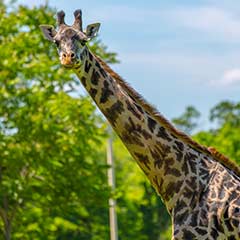 |
Giraffe Conservation FundThe Giraffe Conservation Fund is a Namibian-based organization focused on the protection and conservation of giraffes and their habitat. They work with governments around the globe to educate the public and develop programs on giraffe conservation. |
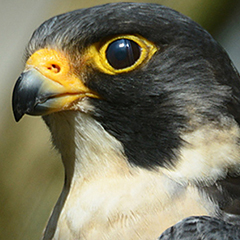 |
The Peregrine FundFounded in 1970, The Peregrine Fund was created to help bring the peregrine falcon back from the brink of extinction in North America. As a result of the Fund’s efforts, the peregrine falcon was taken off the endangered species list in 1999. The Peregrine Fund contributes to the conservation work of other endangered raptors around the globe. |
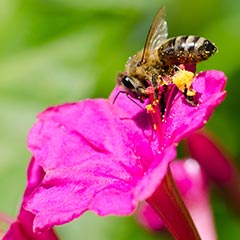 |
Pollinator PartnershipThe Pollinator Partnership works internationally to promote the conservation of chief pollinating species such as birds, bees and bats. Pollinators help provide us with many of the foods that we eat. The organization has spearheaded widely recognized initiatives such as National Pollinator Week and the North American Pollinator Protection Campaign (NAPPC). |
January - June 2017 |
|
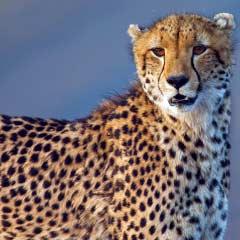 |
Cheetah Conservation FundThe Cheetah Conservation Fund (CCF) is devoted to protecting the declining numbers of cheetahs. Primary activities include:
Visit our Keepers' Corner to learn more about Assistant Curator, Chris Bartos, and her work with Finn, CCF's first ever scat detection dog. |
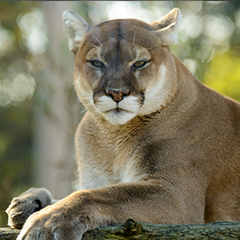 |
The Cougar NetworkThe Cougar Network works to preserve and understand North America’s cougars by conserving their rapidly dwindling habitat and identifying the roles they play in local ecosystems. They achieve this through outreach to schools, researchers, government organizations and other conservation groups. |
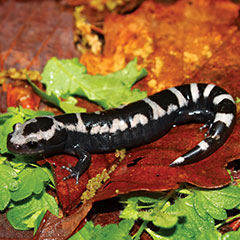 |
Field Conservation DepartmentZoo New England's Field Conservation Department works to inspire people to contribute to the conservation of wildlife in their own backyards. One of our current focuses is the reintroduction of the marbled salamander, a species that has not been spotted in Massachusetts since the 1930’s. The organization seeks to relocate collected salamanders to the forests of Northeastern Massachusetts once their metamorphosis has begun. |
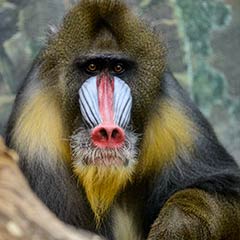 |
Jane Goodall InstituteThe Jane Goodall Institute is committed to the conservation of apes and monkeys all over the world. The Mandrill Release Program, one of the Institute's many projects, rescues mandrills from the illegal pet trade, rehabilitates them, and then releases them into the wild when they are ready. The health of newly released mandrills is then monitored and recorded. |
July - December 2016 |
|
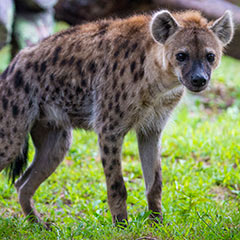 |
Botswana Predator Conservation TrustThe goal of the Botswana Predator Conservation Trust (BPCT) is to preserve Africa's large predators - African wild dog, cheetah, leopard, lion and spotted hyena - and their habitats, using scientific inquiry to better understand their behaviors and communication systems. |
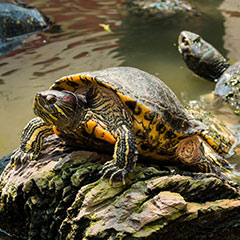 |
Chelonian Research FoundationThe Chelonian Research Foundation produces and publishes scientific research on turtles and tortoises of the world. Primary activities include the maintenance of the turtle and tortoise research facility in Massachusetts and production and publication of turtle and tortoise research to better understand chelonian biodiversity, morphology, distribution and conservation issues. |
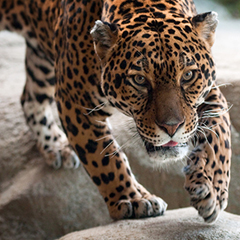 |
Panthera Jaguar CorridorThe Jaguar Corridor Initiative is working to preserve the genetic integrity and future of the jaguar by connecting and protecting core jaguar populations from Mexico to Argentina. Scientists from the Initiative are working to mitigate human-jaguar conflict surrounding livestock predation by training ranchers in anti-predator husbandry techniques, including building predator-proof enclosures. Field teams also educate local communities about overhunting of jaguar prey species, which encourages livestock predation. |
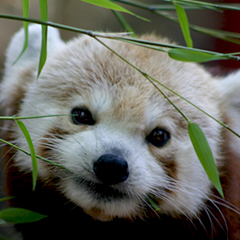 |
Red Panda NetworkThe Red Panda Network seeks to save wild red pandas and preserve their habitat by empowering local communities through community-based research, education and carbon mitigation. The Network’s efforts currently extend to four of the red panda home ranges, with community-based conservation programs in eastern Nepal, east Kachin Burma, Arunachal Pradesh India and an awareness campaign in China. |
January - June 2016 |
|
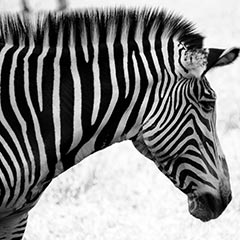 |
Grevy’s Zebra TrustThe Grevy’s Zebra Trust conserves the endangered Grevy’s zebra and its fragile habitat in partnership with African communities. Primary activities include:
|
 |
Madagascar Biodiversity PartnershipThe Madagascar Biodiversity Partnership is protecting Madagascar’s last 10% of forest through research, education and outreach. Primary activities include:
|
Tree Kangaroo Conservation ProgramThe Tree Kangaroo Conservation Program fosters wildlife and habitat conservation and supports local community livelihoods in Papua New Guinea through global partnerships, land protection and scientific research. Primary activities include establishing and sustaining the country’s first nationally-recognized conservation area for tree kangaroos and managing a base of local rangers to collect environmental data in the area. |
|
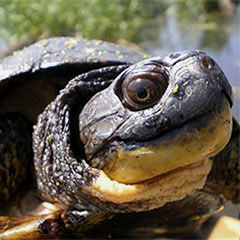 |
New England Wildlife CenterNew England Wildlife Center is the only comprehensive wildlife hospital in the metro-Boston area that provides care for sick, injured and orphaned wild animals. They use this care as a real-life and engaging platform to teach the life sciences, with a strong focus on biology, to students K-12 and to provide hands-on training in veterinary medicine to undergraduate students nationally and internationally. |
July - December 2015 |
|
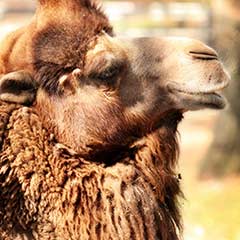 |
Wild Camel Protection FoundationThe Wild Camel Protection Foundation protects the critically endangered wild camel and its habitat in the fragile and unique desert ecosystems in the Gobi and Gashun Gobi deserts of north-west China and south-west Mongolia. There are fewer than 1,000 wild camels left, separated into three different areas. Support goes to management and restoration of water points and herder education. |
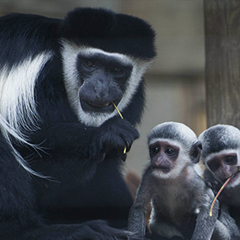 |
Colobus ConservationColobus Conservation promote the conservation, preservation and protection of the Colobus monkey and its habitat in Kenya. They have numerous projects concentrating on research and solutions for human/primate conflicts including animal welfare, biological/ecological research, community development and education, forest protection and enrichment and eco-tourism awareness program. |
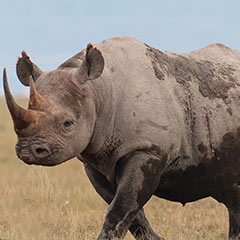 |
International Rhino FoundationThe International Rhino Foundation focuses on the conservation of the five rhino species, which are almost all endangered or critically endangered. They conduct anti-poaching and protection program for particularly threatened rhino populations and their habitats in the wild. IRF also supports management of captive populations to improve the chances for long-term survival. |
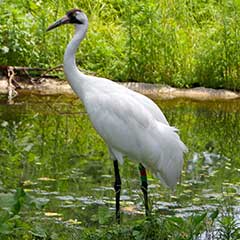 |
International Crane FoundationThe International Crane Foundation works worldwide to conserve cranes and the ecosystems, watersheds, and flyways on which they depend. ICF develops unique collaborations and leads effective community-based conservation programs, important research projects and innovative captive breeding and reintroduction efforts. Many crane populations are declining worldwide with four species endangered. Zoo New England's Quarters for Conservation contribution was used to protect the remaining important breeding and stopover habitats of white-naped, red-crowned, and hooded cranes and the Oriental white storks in Russia's Amur River Basin. |
January - June 2015 |
|
|
Tiger Species Survival Plan Tiger Conservation Campaign The Tiger Conservation Campaign works with zoos around the country to support Amur, Malayan and Sumatran tiger conservation projects. These three tiger species are thought to number fewer than 500 individuals in the wild. Total global wild tiger numbers are less than 4,000 animals. Projects include anti-poaching efforts, combating wildlife crime, habitat protection, education and outreach. |
|
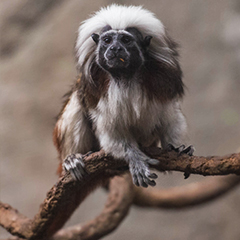 |
Proyecto Titi: Cotton-Top Tamarin Proyecto Titi combines field research, education initiatives and community programs to make the conservation of natural resources economically feasible for local communities in Colombia. Cotton-top tamarins live only in Colombia in the wild, having been extirpated from the rest of their former range. Community members are a critical part of the tamarin conservation projects. |
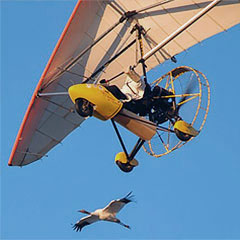 |
Operation Migration Operation Migration has played a lead role in the reintroduction of endangered whooping cranes into eastern North America. The organization assists with the release of crane chicks and tracks their fall migration, monitors nesting birds in the spring to help determine the cause of chick mortality, and documents the movements and behavior of pairs with chicks.
|
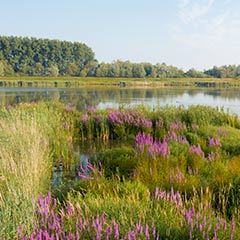 |
Neponset River Watershed Association The Neponset River Watershed Association partners with local towns and volunteers to stop water pollution, educate area residents, monitor river health, open the watershed to recreation, and restore fish and wildlife habitats. Fourteen local towns are in the watershed, and it provides drinking water to over 160,000 people. |
July - December 2014 |
|
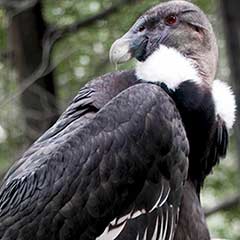 |
Andean Condor Species Survival Plan The Andean Condor Species Survival Plan (SSP) works with zoos, conservation organizations, governmental agencies and corporations in the Americas. They reintroduce Andean condors to their native habitat and then monitor them to better understand areas to protect in Colombia and Venezuela. The SSP also conducts educational programs about the importance of the condor in its ecosystem. What's an SSP? |
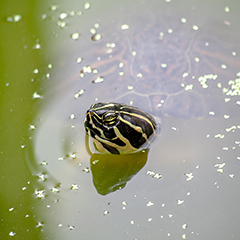 |
Field Conservation DepartmentZoo New England's Field Conservation Department works to conserve rare and threatened species right here in Massachusetts. From building vernal pools for spadefoot toads, to planting rare New England blazing star flowers, to raising hatchling Blanding’s turtles for reintroduction projects, we engage the people of Massachusetts to make measurable conservation gains locally. |
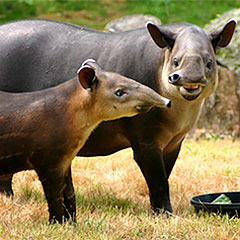 |
Proyecto Tapir Nicaragua Proyecto Tapir Nicaragua seeks to protect tapirs and their habitat. Their work combines research through collaring tapirs and reintroductions with local and national tapir conservation, as well as education initiatives to ensure a viable future for Baird’s Tapirs in Nicaragua. Related News: |
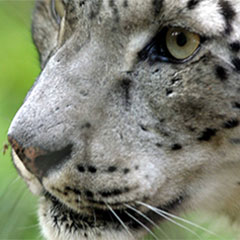 |
Snow Leopard Trust As a participant in the Snow Leopard Species Survival Plan (SSP), Zoo New England is a member of the Snow Leopard Trust’s Natural Partnership Program (NPP), contributing funds to support research and programs aimed at protecting snow leopards and their natural habitat. |
January - June 2014 |
|
|
The Northern Koala Education & Conservation Project The Northern Koala Education & Conservation Project supports projects to protect koala habitat in Australia. It also works with zoos around the world to develop and maintain a sustainable koala population. Projects funded focus on habitat conservation, education and research. |
|
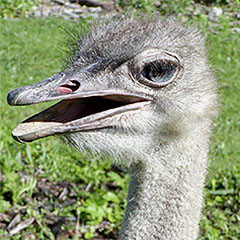 |
Sahara Conservation Fund Zoo New England supported the Sahara Conservation Fund’s work in Niger to protect the North African ostrich, which has disappeared from the wild in this West African state. Projects include a captive breeding program, plans to reintroduce the ostrich into secure protected areas, and an “Adopt-an-Ostrich” program. |
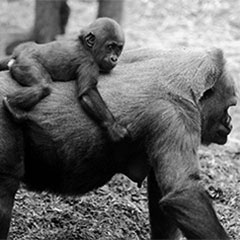 |
Ape TAG Conservation Initiative Zoos around the country are leveraging their expertise, education initiatives and resources to protect and preserve ape populations. The Ape TAG Conservation Initiative is a collective effort by zoos to help conserve wild populations of endangered apes in their natural habitats. Projects range from species monitoring and protection to law enforcement, ecotourism, and veterinary and disease monitoring. All projects include the local communities. These projects help gorillas, chimpanzees, bonobos, orangutans, gibbons and their habitats. |
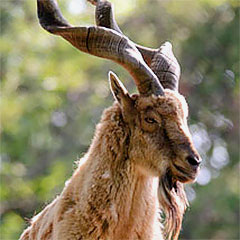 |
The Wildlife Conservation Society Markhor Project The Wildlife Conservation Society Markhor Project in Pakistan works with local communities to sustainably manage markhor and other wildlife. Activities include helping the communities create resource committees and bylaws as well as paying rangers to monitor markhor and enforce laws. While markhor have increased in the area by 50 percent over the last 10 years, they are still endangered. |

